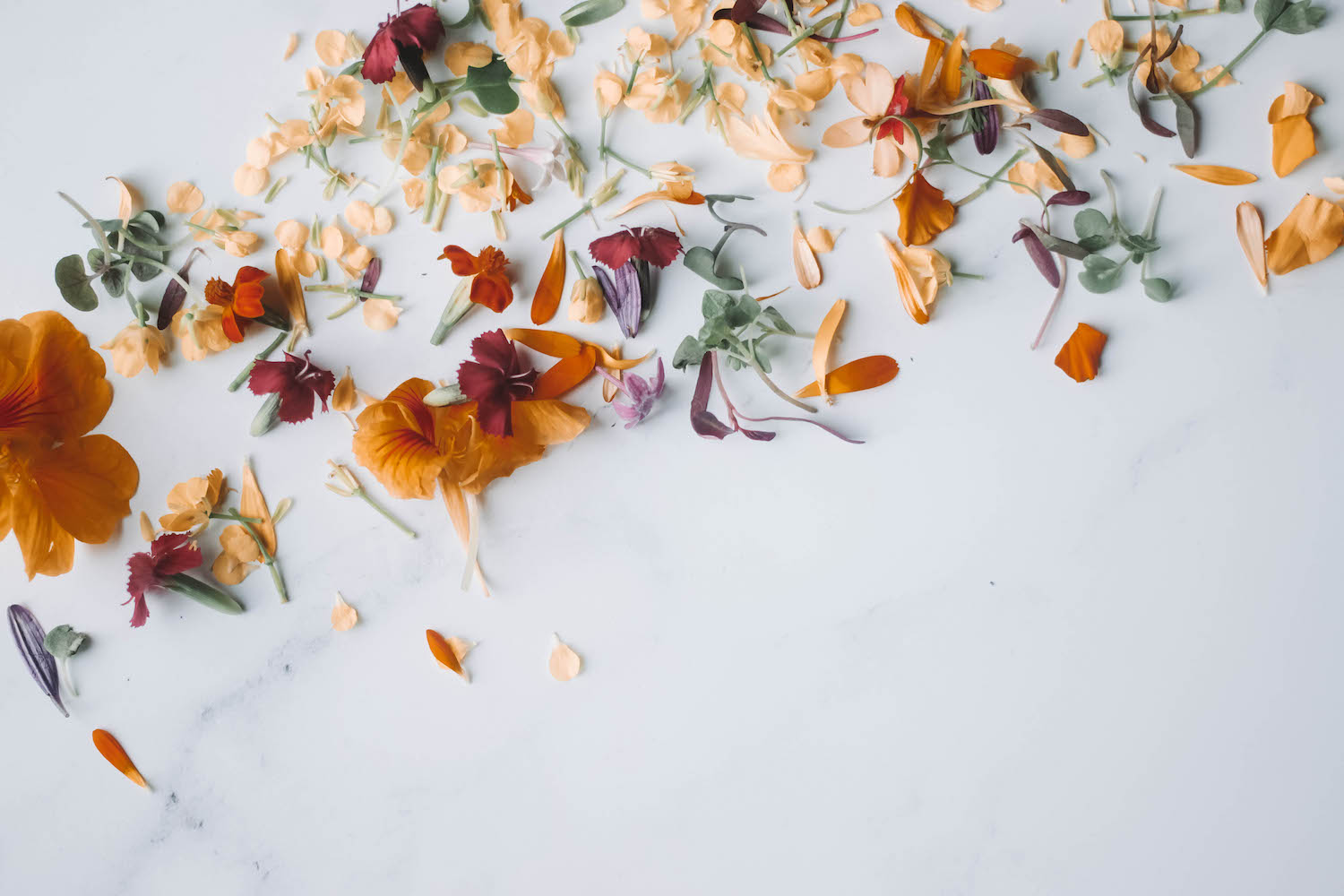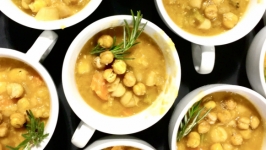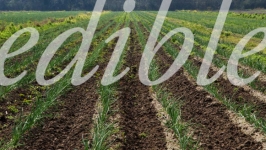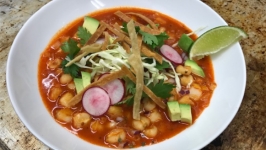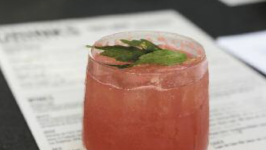The Beauty: Edible Flowers
Past the prettiness of a petite bloom on the plate, edible flowers and herb blossoms are powerful and unique ingredients. From golden chrysanthemum garnishes used in ancient China to red petal safflower for oil in Egypt, flowers and herb blossoms have been powerful threads of flavor in world cuisines for thousands of years.
In upper-class Victorian England, the use of edible flowers was quite common – culinary dishes and beverages often included delicate blooms for flavor and aesthetics. Both fresh and candied edible blossoms decorated tower-high desserts, molded foods, and homemade jellies and pickles. Served alongside elderflower liquor or dandelion tea, lavishly ornamented desserts like rosewater cakes, lemon verbena candies, and apple tarts could round out a meal.
Flowers gradually fell from favor, but recently, cooking and garnishing plates with flowers is enjoying a revival. Edible flowers are cropping up on menus and plates all across the world, from the haughtiest French cafés to the simplest donut shops in California. Flowers like syrupy borage, herbal lavender, or peppery nasturtium add an indefinable hint of flavor to each bite.
"It's the role of chefs to look for new flavors," Jean-George Vongerichten, of New York City's three-Michelin star restaurant Jean-Georges, told Food & Wine in 2001. "Flowers are beautiful, to start with… People eat them raw in salads, so I thought it would be interesting to cook with them."
Vongerichten isn’t the only one to think so. Starting in the 1990s, Michel Bras and Marc Veyrat— two French chefs, each with three Michelin stars — reclaimed the use of edible flowers in modern cuisine, and since then, some of the world’s most renowned and artistic chefs have positioned edible flowers as legitimate ingredients in fine dining.
At restaurant Meadowood in California, Christopher Kostow uses flowering herbs and seasonal blossoms from his culinary garden to enhance his dishes. Celebrated celebrity chef Ferran Adrià of El Bulli in Spain — known as the father of “molecular gastronomy,” a term he dislikes — used florals to help him explore his culinary aptitude, coming up with treats like candy floss encrusted with colorful petals. Magnus Nilsson of Faviken in northern Sweden forages for only the most beautiful field flowers to use as the top layer in his tartare. All of these chefs see flowers as essential ingredients.
And while, yes, it is about the attention to detail and visual beauty, edible flowers are a communication tool as well. Championing sustainability and safeguarding the idea that seasonal dining means eating what’s outside, when it’s outside, edible flowers and blossoming plants emphasize the beauty of the environment and local offerings of a region.
Nutrition is another facet of flora. Most edible flowers can help ward off infections by supplying vitamin C: nasturtium contains ten times more vitamin C than lettuce, and small amounts of vitamin D. A cup of raw borage delivers 31.2 milligrams of vitamin C, which is about 42 percent of the daily requirement for women, and 35 percent of the daily requirement for men. Edible weeds like dandelion provide vitamin A, and are high in calcium. Cruciferous vegetable flowers, like broccoli and cauliflower, have many of the same benefits as the vegetables themselves. Squash and cucumber blossoms, tissue-papery and airy, are packed with calcium, iron and vitamins C and A.
In a study that analyzed the nutritional value of 12 different edible flowers, the Journal of the Academy of Nutrition and Dietetics showed that edible flowers may “have the potential to be used as an additive in foods to help prevent chronic disease and prevent food oxidation.” The flowers with the peak mineral content were violas, chrysanthemum, and dianthus, with potassium being the most plentiful mineral.
There is plenty of folklore surrounding eating edible flowers as well. One old wives’ tale states that if a woman slipped a bit of borage — which Roman author Pliny the Elder believed to be an anti-depressant — into her beloved man’s drink, it would give him the courage to propose.
In Tatterhood, a Norwegian folktale, the queen seeks the advice of an “old beggar wife” to help her conceive: against the old woman’s advice, the queen eats two flowers instead of one:
“…When she looked under the bed next morning, there stood two flowers; one was ugly and foul, and had black leaves; but the other was so bright, and fair, and lovely, she had never seen its like; so she ate it up at once. But the pretty flower tasted so sweet, that she couldn't help herself. She ate the other up too, for, she thought, "it can't hurt or help one much either way, I'll be bound."
The queen gave birth to one girl with ragged hair who rode a goat and carried a spoon in her hand, and another “who was so fair and sweet, no one had ever set eyes on such a lovely child.” The story ends well, but we won’t spoil it.
The phrase “to eat lotus” is used by writers to mean “to forget,” or “to be unmindful.” In the Odyssey, Odysseus reaches the land of lotus-eaters, and his crews also partake in eating the mysterious plant. They become so blissfully apathetic and sleepy they had to be dragged back to the ship while weeping bitterly lest they never return to their duties.
Jean-Georges | @chefjgv
Michel Bras | @m_bras1961
Marc Veyrat | @marc_veyrat
Meadowood | @therestaurantmw
Christopher Kostow | @ckostow
Ferran Adrià | @ferran_adria
El Bulli
Magnus Nilsson | @magnusfaviken
Faviken | @faviken
Journal of the Academy of Nutrition and Dietetics
This article was originally printed in Moscow Food Co-op's magazine, Rooted.


